What kind of sun-treated coffee do you have in Costa Rica? Manor Fire Phoenix Fine Coffee
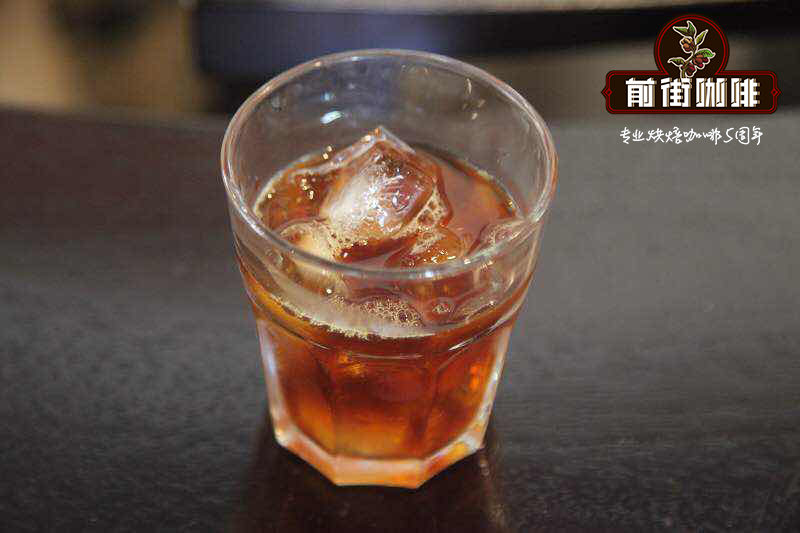
Professional coffee knowledge exchange More coffee bean information Please pay attention to coffee workshop (Weixin Official Accounts cafe_style)
Costa Rican sun-cured coffee may not be as famous as honeyed coffee, but Costa Rican sun-cured coffee is just as good. As the main use of honey treatment country, the front street of the Phoenix Manor sapphire sun treatment is a fine coffee in this country, with a very strong raisin flavor, and outstanding wine rhyme, full and solid taste, sour and sweet balance smooth, is a very appreciated sun beans in the front street.
Costa Rica is located in the Central American Isthmus, and is subject to the regulation of climate by Pacific Ocean, Atlantic Ocean currents and sea breezes. Many towering volcanoes in Costa Rica reach an altitude of 2000 meters. Coffee berries can grow slowly in fertile volcanic ash soil and cool environment at high altitude, and produce coffee beans with complete flavor and rich flavor. Coffee was first cultivated in Colombia on the slopes of the Poas and Barva volcanoes in what is today known as the Central Valley.

Central Valley & Phoenix Region
The Central Valley region was also the first region of Costa Rica to grow coffee before moving to other regions to develop the country's coffee industry. The rainfall is moderate at 118 inches per year, the average annual temperature is only 19 ° C, and the altitude is high. Therefore, the beans are hard, fragrant, smooth, high acidity, full body and rich flavor.
Located in the fertile volcanic hills of Poas in the central valley of Costa Rica, the Estates de la Phoenicia is a 100% village grown coffee estate that pays great attention to environmental management concepts (such as rainwater harvesting to treat coffee) and uses earthworms to produce organic compost so that the seed value process is completely free of chemical fertilizers and pesticides. The owner believes organic farming is the best option for the environment and the health of his family, and despite many technical and organizational challenges, he continues to believe so.
Fire Phoenix Manor is also the first estate in Central and South America to produce honey treatment and sun coffee. The high quality coffee it produces is very unique. The biggest feature is that it has a very amazing sweetness! Coffee cherries can be 21-22% sweeter, and during harvest season, using the treatment often used in the wine industry, only those exceeding 20% sweetness will be exposed to sunlight.
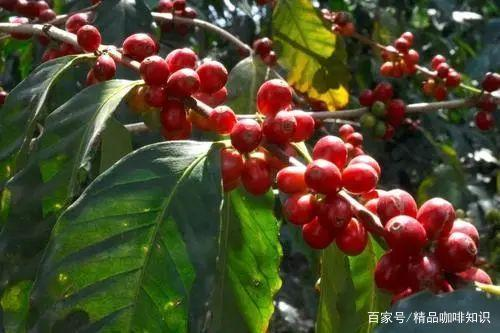
Varieties: The varieties of sapphire coffee introduced today are Kadura, a single-gene variant of Bourbon Bourbon, and Kaduai, an artificial hybrid of Kadura and Mondu Novo.
Sunlight treatment method: The natural treatment process of sapphire (Zahiro) is quite labor-intensive. Hand-harvested high-sugar cherries should be placed in the African elevated shed for about 10 days, and then placed in the plastic cloth-covered greenhouse to create more direct heat. Continue to dry until the moisture content reaches 11.5%.

[Front Street Coffee Costa Rica Fire Phoenix Manor Sapphire]
Region: Central Valley
Manor: Fire Phoenix Manor
Altitude: 1600m
Breeds: Kadura, Kaduai
Grade: SHB
Treatment: Solarization

[Front Street Coffee Roasting Suggestion Roaster: Yang Family 800N]
This Costa Rican Phoenix Sapphire has rich berry and tropical fruit aromas. In order to retain the rich fruit flavor and sweetness of this bean, the front street baker uses medium heat to bake this bean. When the furnace temperature reaches 170℃, enter the pot, open the damper to 3, fire 110, return temperature point 1 36", 97.9℃; when the furnace temperature reaches 140℃, open the damper to 4; at this time, the bean surface turns yellow, the grass smell completely disappears, and enters the dehydration stage. When the furnace temperature reaches 166℃, adjust the fire to 80℃, and the damper remains unchanged; when 8 17", the bean surface appears ugly wrinkles and black stripes, and the taste of toast obviously changes to coffee fragrance, which can be defined as the prelude to the first explosion. At this time, you should clearly hear the sound of the first explosion point. When the explosion starts at 9 00", adjust the damper to 5 (adjust the fire carefully, not small to no explosion sound), and develop 2 05" after the first explosion. Put the pot at 195 ℃.

[Front Street Coffee Cup Test Report]
Take "Front Street Coffee Brewing Suggestions" as an example
Filter cup: Hario V60
Water temperature: 90℃
Powder: 15g
Powder water ratio: 1:15
Abrasion: BG #6k
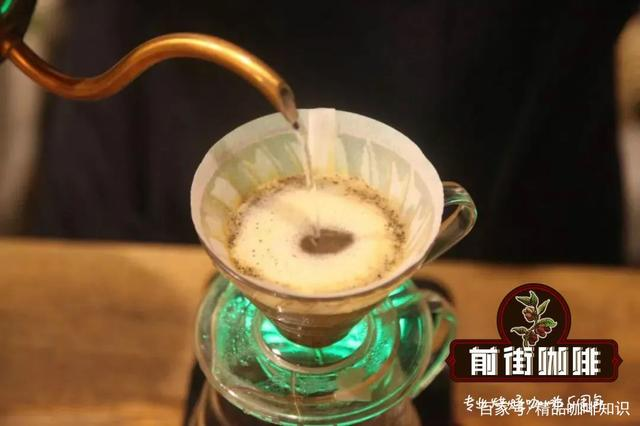
[Front Street Coffee Brewing Technique]
staged extraction
Steaming with 30g water for 30s, injecting water in a circle to 125g with small water flow, stopping injecting water to 225g when the water level drops and exposing the powder bed, removing the filter cup when the water level drops and exposing the powder bed, and extracting for 200 ".
Flavor Description: Dry nose with distinct tropical fruit, fermentation and sweet spices, wet nose with berry and honey aromas. Strawberry, tropical fruit, fermented wine, honey at the end, cocoa, smooth overall taste, distinct flavors, clear sweetness.
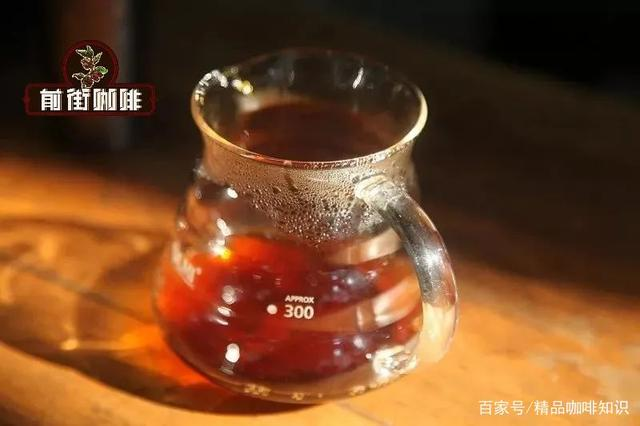
Important Notice :
前街咖啡 FrontStreet Coffee has moved to new addredd:
FrontStreet Coffee Address: 315,Donghua East Road,GuangZhou
Tel:020 38364473
- Prev
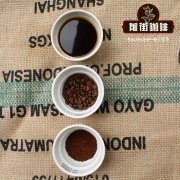
Ethiopia's boutique coffee bean producing area introduces Ethiopia's Kayong Mountain Manor.
Professional coffee knowledge exchange more information on coffee beans Please follow the coffee workshop (Wechat official account cafe_style) Ethiopian coffee beans from a single farm are scarce on the market. Therefore, we are particularly honored to share this micro batch from Guji District with you. Kayon translation means "target". This is a beautiful spell made by the farm owner.
- Next

Honduras-C.O.E Champion Manor Santa Mata (Finca Santa)
Professional coffee knowledge exchange more coffee bean information please pay attention to the coffee workshop (Wechat official account cafe_style) Honduras has always been in the boutique coffee market in the top few, but Honduras has the advantages of natural environment, soil, altitude, climatic conditions are very good, neighboring Guatemala, El Salvador, Nicaragua, there are also advanced coffee production, Hongdura
Related
- Does Rose Summer choose Blue, Green or Red? Detailed explanation of Rose Summer Coffee plots and Classification in Panamanian Jade Manor
- What is the difference between the origin, producing area, processing plant, cooperative and manor of coffee beans?
- How fine does the espresso powder fit? how to grind the espresso?
- Sca coffee roasting degree color card coffee roasting degree 8 roasting color values what do you mean?
- The practice of lattes: how to make lattes at home
- Introduction to Indonesian Fine Coffee beans-- Java Coffee producing area of Indonesian Arabica Coffee
- How much will the flavor of light and medium roasted rose summer be expressed? What baking level is rose summer suitable for?
- Introduction to the characteristics of washing, sun-drying or wet-planing coffee commonly used in Mantenin, Indonesia
- Price characteristics of Arabica Coffee Bean Starbucks introduction to Manning Coffee Bean Taste producing area Variety Manor
- What is the authentic Yega flavor? What are the flavor characteristics of the really excellent Yejasuffi coffee beans?

